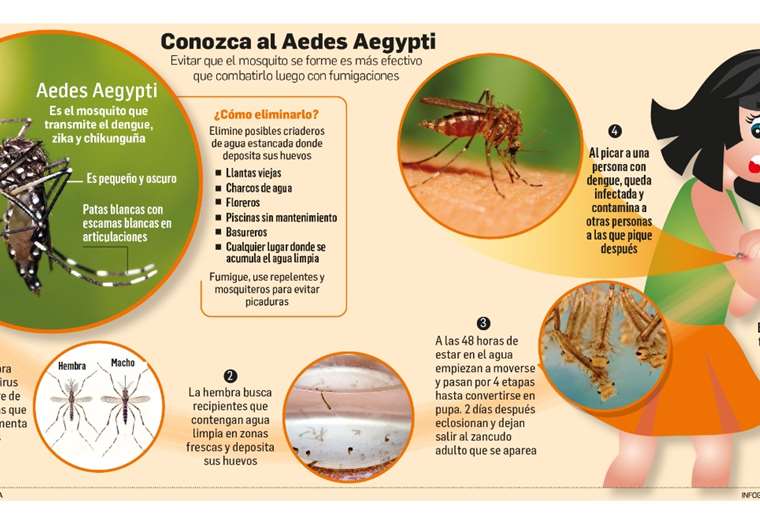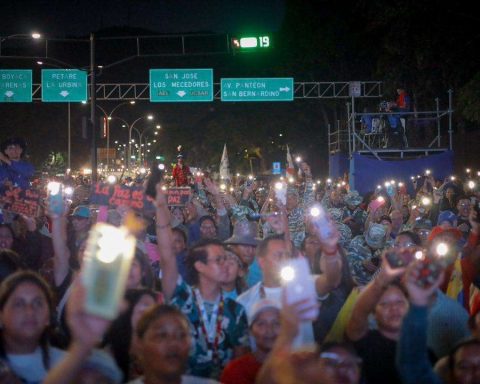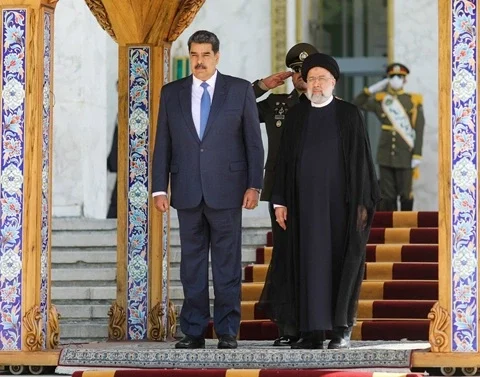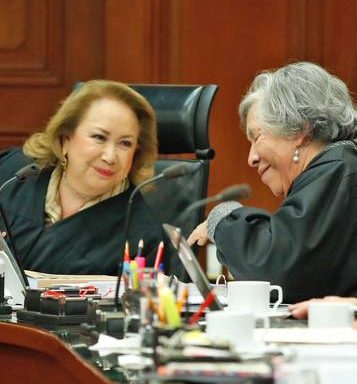January 18, 2023, 4:00 AM
January 18, 2023, 4:00 AM
The increase in dengue cases puts the Santa Cruz region on alert. At least 30 patients were admitted in the last two days, so the number of people occupying hospitalization rooms rose to 72 throughout the department.
The explosion of cases and the severity of the cases has aroused the concern of the authorities, that leads them to think of the presence of a genotype of seropite 2, called Cosmopolitan, which is already circulating in neighboring countries.
The Epidemiology Manager of the Departmental Service of Health (Headquarters), Carlos Hurtado, reported that there are already 17 affected municipalities with positive cases.
Regarding the four people who died with symptoms of the disease, he reported that three had a positive rapid test, while the person who lost his life in the Harderman community, in San Pedro, did not get tested, but had all the clinical manifestations of the disease.
He informed that they are preparing the declaration of red alert, that will help implement new strategies for disease control.
The Sedes epidemiologist pointed out that three serotypes had been circulating since last year, of the four already known in the country and in Latin America: DENV-1, DENV-2 and with sporadic cases the DENV-3. But, currently DENV-2 prevails, What is it the most transmissible and serious. This last serotype is responsible for the upturn in those affected in recent weeks.
However, the explosion of cases and patients with severe symptoms that have been registered in recent days also lleads authorities to think about the DENV-2 genotype, called Cosmopolitan, which could have entered the country, the same one that has generated important outbreaks in Peru and Brazil.
In this sense, he announced that the Headquarters is coordinating with the National Center for Tropical Diseases (Cenetrop) sending samples to foreign laboratories to rule out or confirm this possibility.
Cosmopolitan is one of the six strains of serotype 2. It may be more transmissible and cause more severe symptoms as has been demonstrated in countries where outbreaks have been recorded.
However, the severity of the condition is also associated with the times the person contracts dengue. Given that four serotypes circulate in the region, people can get sick up to four times in your lifetimewith the possibility of a more serious condition in each infection, warns the Pan American Health Organization (PAHO).
The vector of the disease is the mosquito. Aedes aegyptiwhich also transmits chikungunya and Zika.
recommendations
The Headquarters Epidemiology manager asked the population to collaborate with the destruction of hatcheries.
“The first message is that the population must destroy any container that contains clean water: vases, tires, buckets, barrels, bathtubs and even disused soft drink caps and bottles,” Hurtado pointed out. This is because in those spaces It is where the transmitting mosquito develops.
In turn, he urged people who present symptoms of the disease not to self-medicate and go to health centers to take the test samples and receive timely medical attention and treatment.
He pointed out that vector elimination tasks have been reinforced in municipalities, like Saint Charles, where campaigns to destroy mosquito breeding sites were carried out.
For her part, the municipal secretary of Health, Adriana Amelunge, reported that, of the total cases in the department, more than 200 cases are in the Santa Cruz capital; and of them, 30 are hospitalized in the different municipal hospitals receiving treatment and the necessary care.
He reported that the most affected municipal districts are 7 (Villa Primero de Mayo), 8 (Plan Tres Mil) and 11 (downtown). However the Headquarters also includes the northern area between those affected with severe cases.
Amelunge stated that the fumigation in the educational units of District 11 is concluding and that the control tasks are carried out in coordination with the Headquarters. “Within the municipality we have the Control Department and Statistics that is in charge of the elimination of hatcheries of larvae and fumigation, a function that is carried out by 150 officials of this unit”, he stated.
More about the new genotype
The Cosmopolitan genotype of serotype 2 is estimated to have circulated since the late d2019 in Latin American countries, but it is widely distributed in Southeast Asia, India, Bangladesh, Africa and Oceania. It has also caused major epidemics in Pakistan and Guandong (China).
In Brazil it was announced that the detection of this genotype of dengue last year, based on a sample of a case of dengue at the end of November 2021. It also generated outbreaks in Peru.
“Serotype 2 has a greater potential to cause severe forms of dengue, it can cause the person’s body to have a more acute illness, especially with decreased platelets. The patient may have pleural effusion in the lung in a more exacerbated manner. These are symptoms that are already known for dengue, but enhanced”, explained the superintendent of Goiás Health Surveillance, Flúvia Amorim.
Previously, this genotype had been isolated during an outbreak in Merida, Mexico, in 1997.
Incidence. Currently about half of the world’s population is at risk of contracting this disease. It is estimated that there are between 100 and 400 million infections each year, although more than 80% of them are generally mild and asymptomatic.
D.fool serious. Although it is less frequent, some people evolve into severe dengue, which can lead to an indeterminate number of complications related to severe bleeding, organ failure or extravasation of plasma. Severe dengue carries a higher risk of death if not properly treated. Severe dengue (formerly known as dengue hemorrhagic fever) was first identified in the 1950s during an epidemic in the Philippines and Thailand. It affects most of the countries of Asia and Latin America.


















